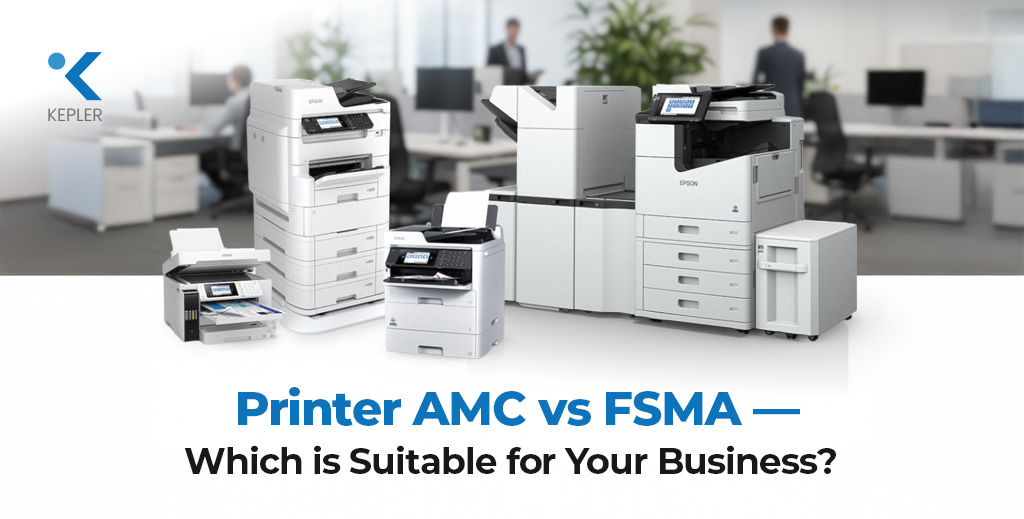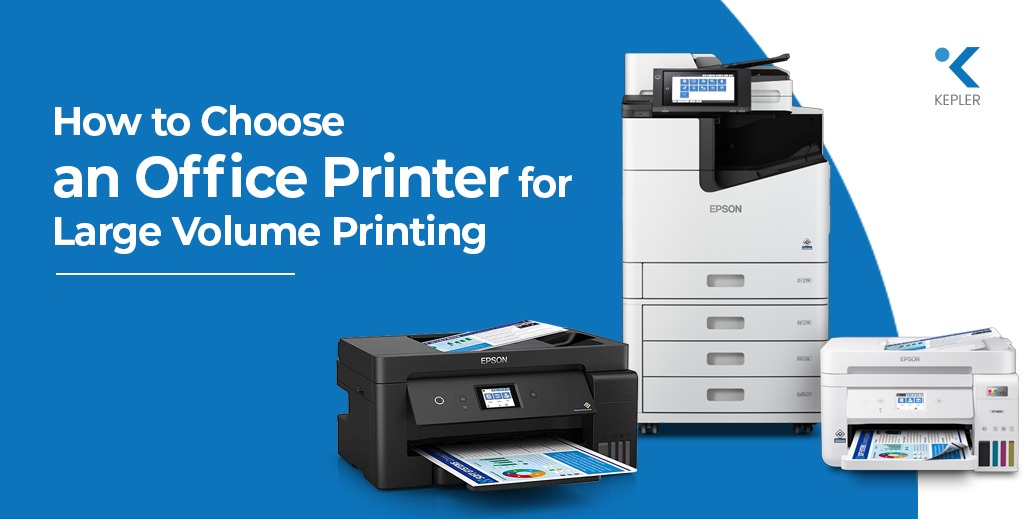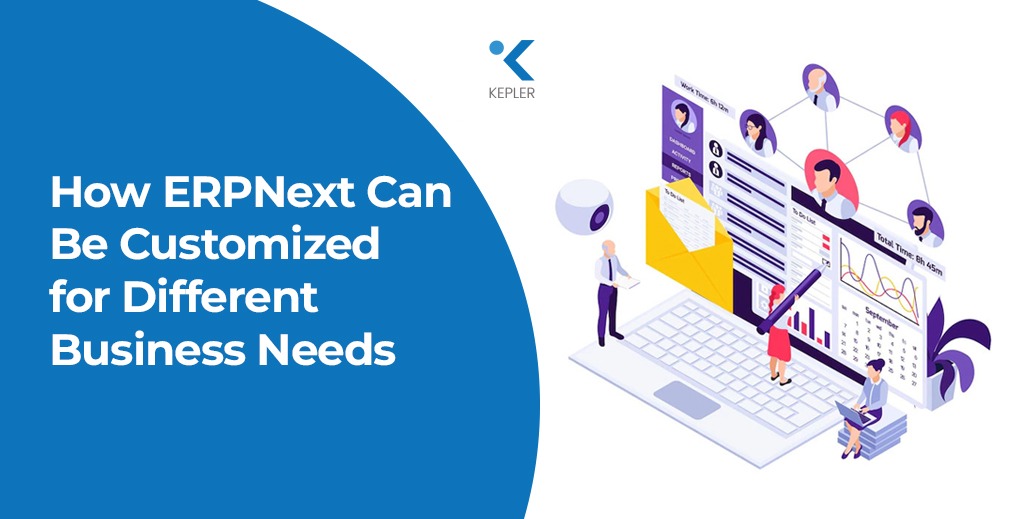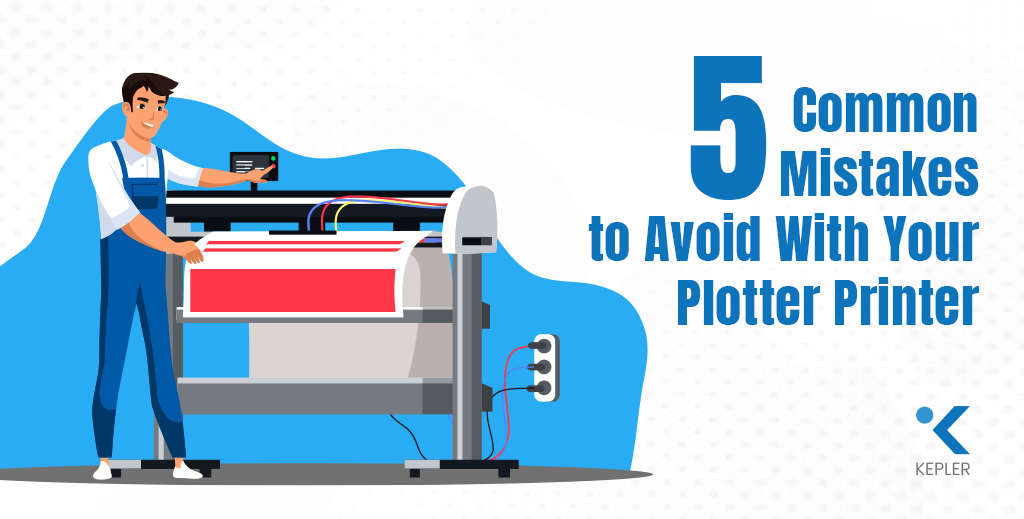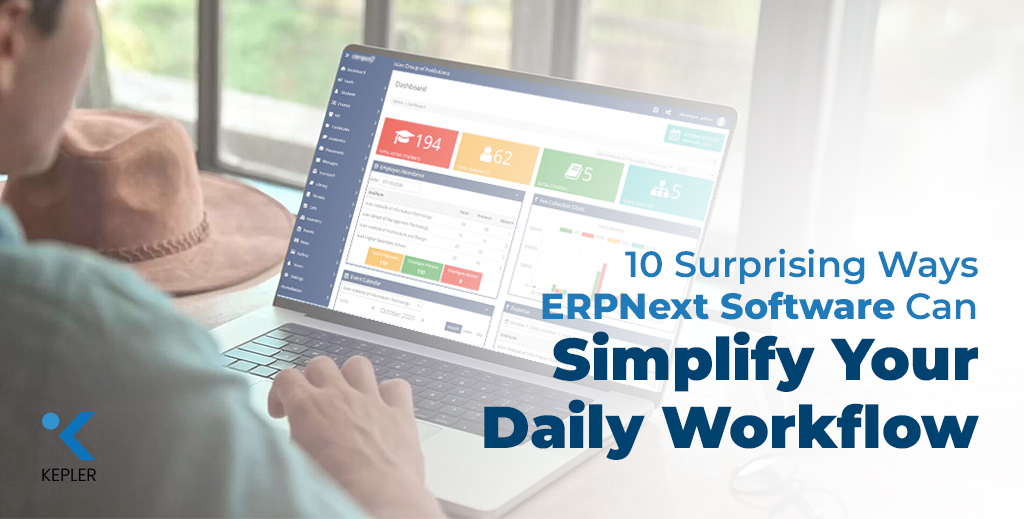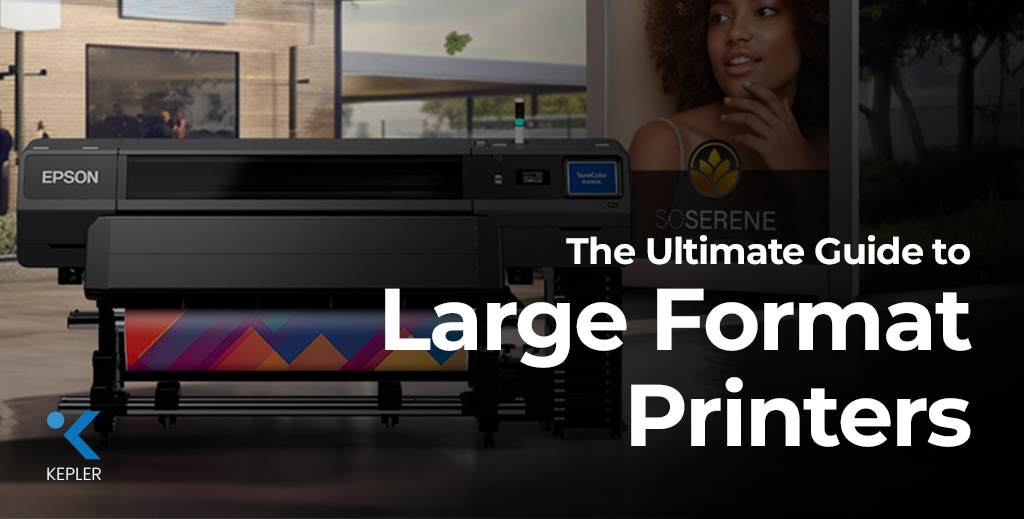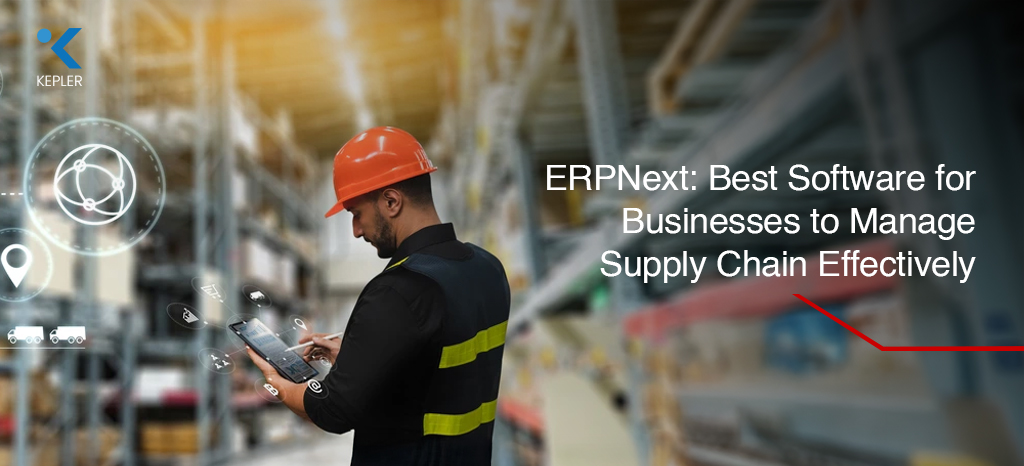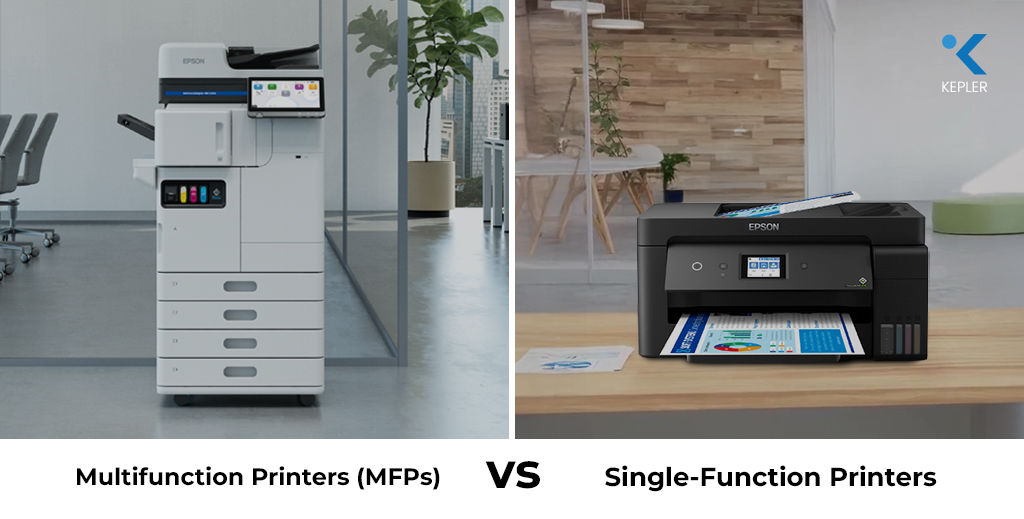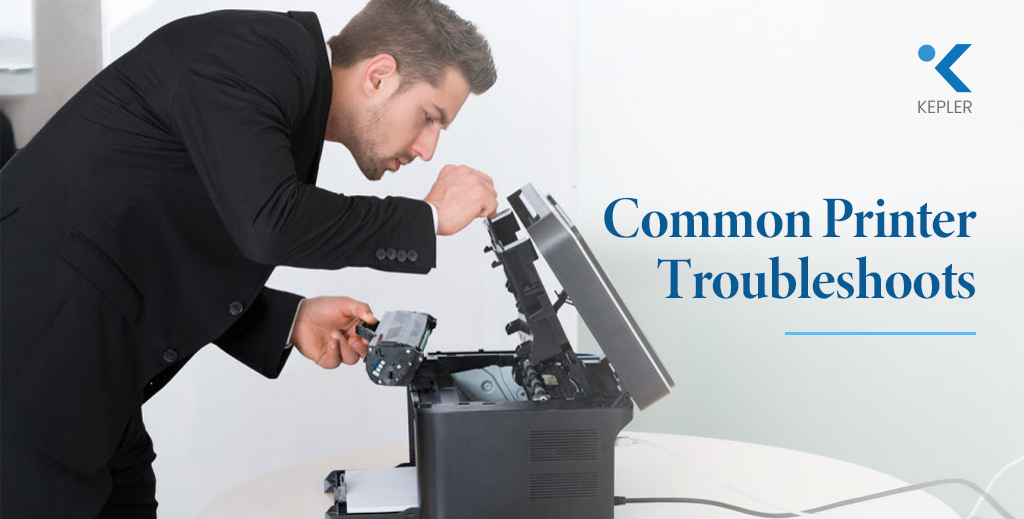Printer AMC vs FSMA — Which is Suitable for Your Business?
Think about the last time your office printer stopped working. It may be jammed when you were printing invoices. The toner may have run out during a client presentation. Or perhaps the machine simply displayed one of those mysterious error codes that no one in the office, no matter how “tech-savvy,” can decode. It always happens at the worst possible moment. In fast-paced business environments like Dubai and the GCC, where companies depend heavily on documentation, contracts, quotations, and compliance-related forms, a reliable printer is more than just an office tool. It’s the backbone of daily operations. One breakdown can interrupt workflows, frustrate employees, and create unexpected expenses. This is exactly why businesses choose structured service plans and, in many cases, even explore comprehensive Managed Print Service solutions to prevent downtime before it happens. But deciding which plan actually benefits your business, Printer AMC or Printer FSMA, can be confusing. Printer AMC (Annual Maintenance Contract) looks affordable at first. Printer FSMA (Full-Service Maintenance Agreement) appears premium but promises more coverage. So what’s right for you? Let’s break it down in a simple, interactive, and business-focused way so you can confidently choose the plan that supports your operations, budget, and long-term growth. Before We Dive In — A Quick Self-Check Ask yourself these questions: 1. Do your teams print frequently documents, reports, contracts, and marketing materials? If yes, downtime costs you real money. 2. Do you prefer predictable monthly expenses over surprise repair bills? If yes, cost consistency matters. 3. Do you want a service plan that includes everything: parts, toners, repairs, support without hidden fees? If yes, all-inclusive models save admin time and stress. 4. Do you want zero involvement in logging complaints, following up with technicians, or managing printer breakdowns? If yes, you need a service plan that does all of that for you. Now keep your answers in mind as we explore AMC and FSMA in depth. Understanding Printer AMC (Annual Maintenance Contract) Let’s Start With a Simple Scenario Imagine you pay a yearly maintenance fee for your printer. A technician visits a few times a year to clean the machine, lubricate moving parts, update firmware, and perform general upkeep. This routine care helps your printer function smoothly. That is Printer AMC in a nutshell. Printer AMC is essentially a preventive maintenance agreement. It gives you routine servicing and technical support at fixed intervals. Most small businesses are familiar with Printer AMC because it seems simple and budget-friendly. But the catch? The yearly fee only covers basic service. Almost everything else, especially the expensive stuff, is charged separately. What Printer AMC Typically Includes Printer AMC generally covers routine cleaning, mechanical check-ups, inspections, and minor adjustments. Technicians may fix small alignment issues or mechanical glitches during scheduled visits. Printer AMC also covers labor charges during these routine check-ups. The Real Limitations of Printer AMC This is where many businesses get caught off guard. While Printer AMC handles preventive maintenance, it does not cover most consumables like toner or ink cartridges. It also excludes major component replacements such as fusers, belts, motors, print heads, or circuit boards. If any of these fail, and they often do in medium to high-volume printing environments, you must pay separately. And repairs? Under Printer AMC, emergency breakdowns, unexpected failures, urgent technician visits, and most spare parts come with additional charges. These costs can appear suddenly and unpredictably, making it extremely difficult to estimate monthly or annual printer-related expenses. Another overlooked issue is time. Printer AMC requires administrative involvement. Someone from your team must report issues, follow up with the service provider, monitor repair progress, and sometimes even negotiate charges. So Who Really Benefits From Printer AMC? Printer AMC works best for businesses that print occasionally or own just one or two small office printers. In such cases, major breakdowns are less likely, and routine servicing may be enough. For low-volume printing environments like small retail shops, kiosks, small clinics, or consulting firms, Printer AMC can be a reasonable choice. But for medium to large businesses, Printer AMC often leads to: This is why many growing companies eventually shift away from AMC. Understanding Printer FSMA (Full-Service Maintenance Agreement) Before We Dive In — Imagine This Instead What if you never had to worry about paying for breakdowns, replacing expensive parts, or buying toner at the last minute? What if one fixed monthly amount covered everything—servicing, repairs, consumables, support, even emergency visits? What if printer downtime dropped to nearly zero because technicians managed everything proactively? This is Printer FSMA. Printer FSMA is a comprehensive, all-inclusive maintenance agreement that takes the entire burden of printer care off your shoulders. What Makes Printer FSMA Different Under Printer FSMA, you get full coverage for everything your printer needs labor, servicing, spare parts, major repairs, and even consumables like toner and ink cartridges. There are no surprise expenses because all the essential elements are already included. Most Printer FSMA plans operate on a “fixed monthly fee” or “per-print pricing,” which means your cost depends on monthly print volume. This structure ensures predictable budgeting, an invaluable advantage for any business. Why Printer FSMA Is Increasingly Popular Companies in the GCC are rapidly adopting Printer FSMA because it eliminates uncertainty. High-volume offices, law firms, logistics companies, educational institutions, marketing agencies, and corporate environments see immediate benefits from its all-inclusive model. When you never have to pay separately for breakdowns, spare parts, or toners, the administrative workload decreases drastically. Your accounting team also benefits because FSMA simplifies cost forecasting. Printer FSMA in Action Here’s what a Printer FSMA plan typically offers: FSMA usually runs on a 1–3 year contract, ensuring long-term stability and peace of mind. Printer AMC vs FSMA — Cost Breakdown Understanding the cost difference between AMC and FSMA is essential. Here is a simplified comparison: Feature AMC FSMA Upfront Cost High yearly fee No upfront cost (monthly billing) Repairs Extra charges Fully included Ink & Toners Not included Included Monthly Budget Highly variable Predictable fixed cost Best For Low-volume
Printer AMC vs FSMA — Which is Suitable for Your Business? Read Post »

